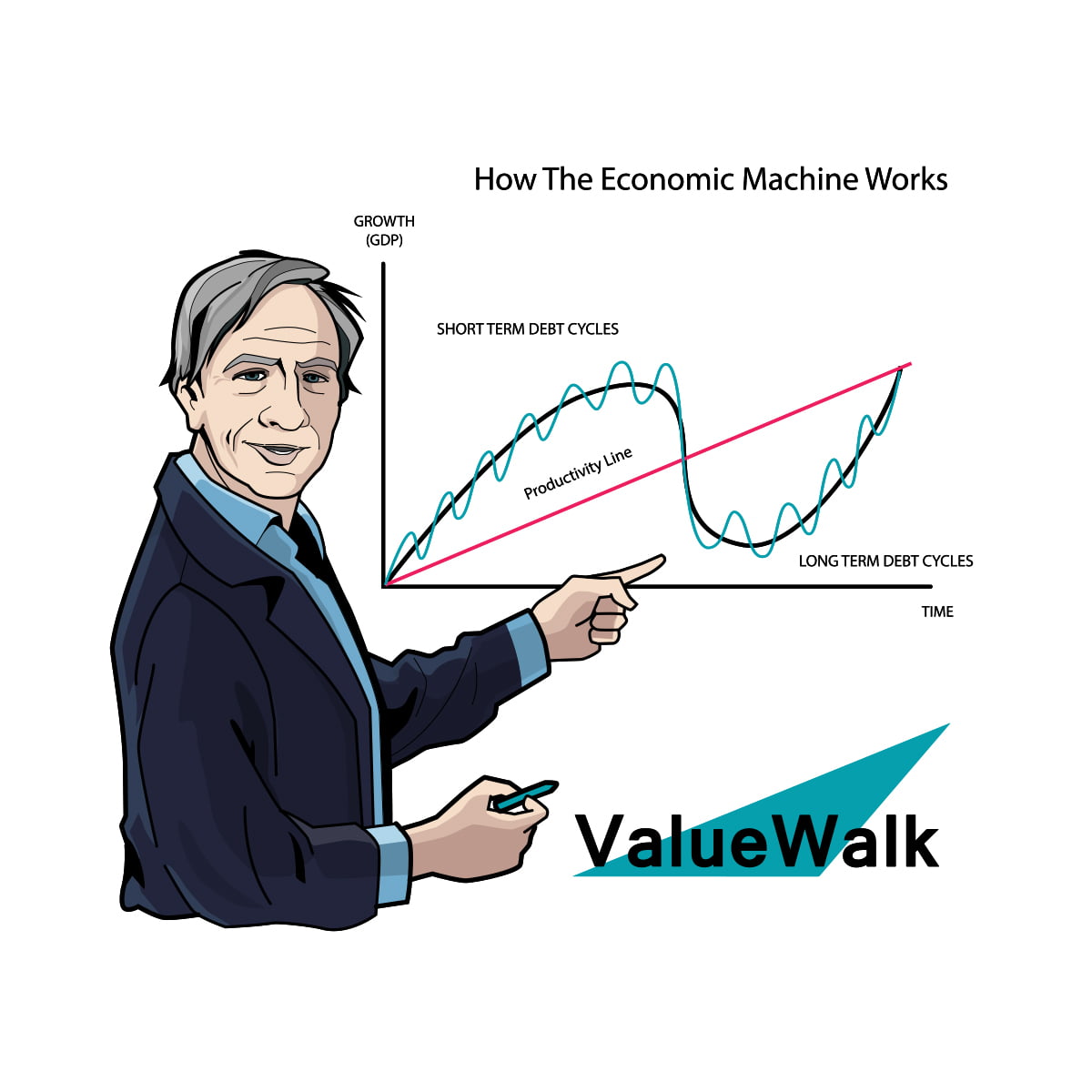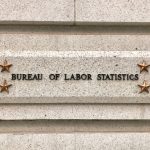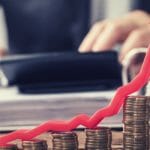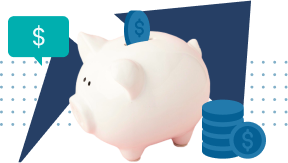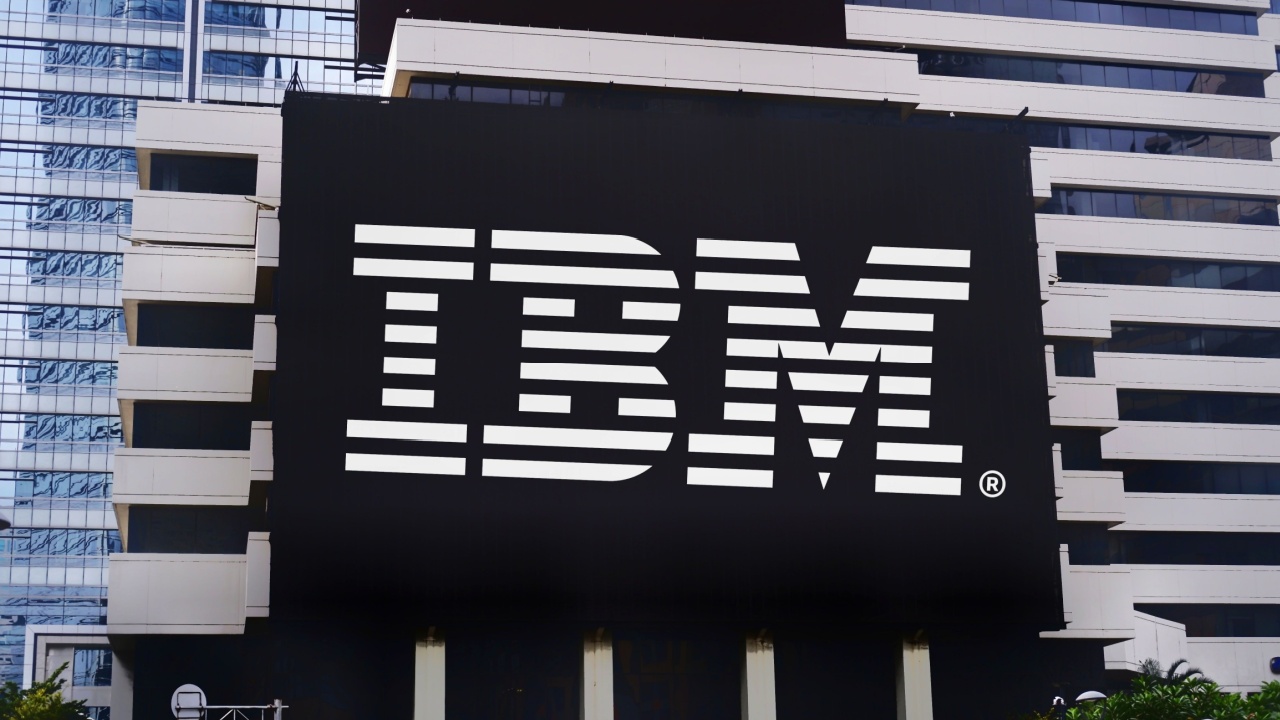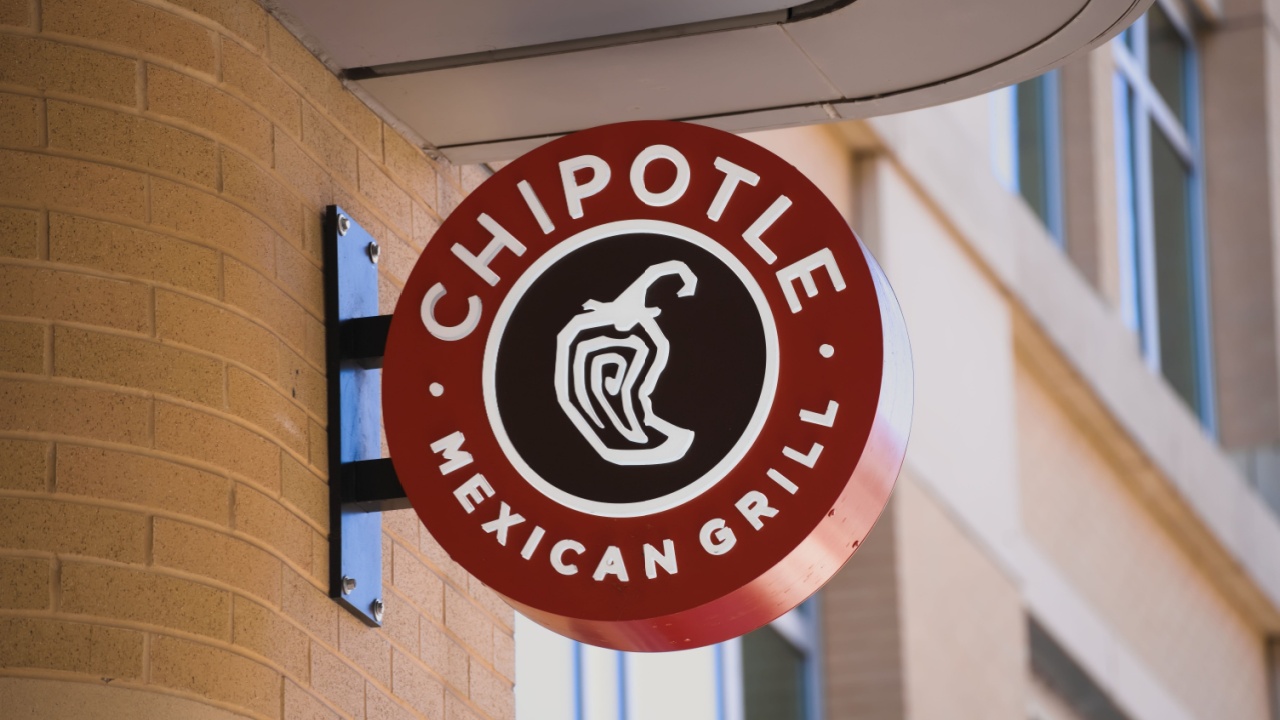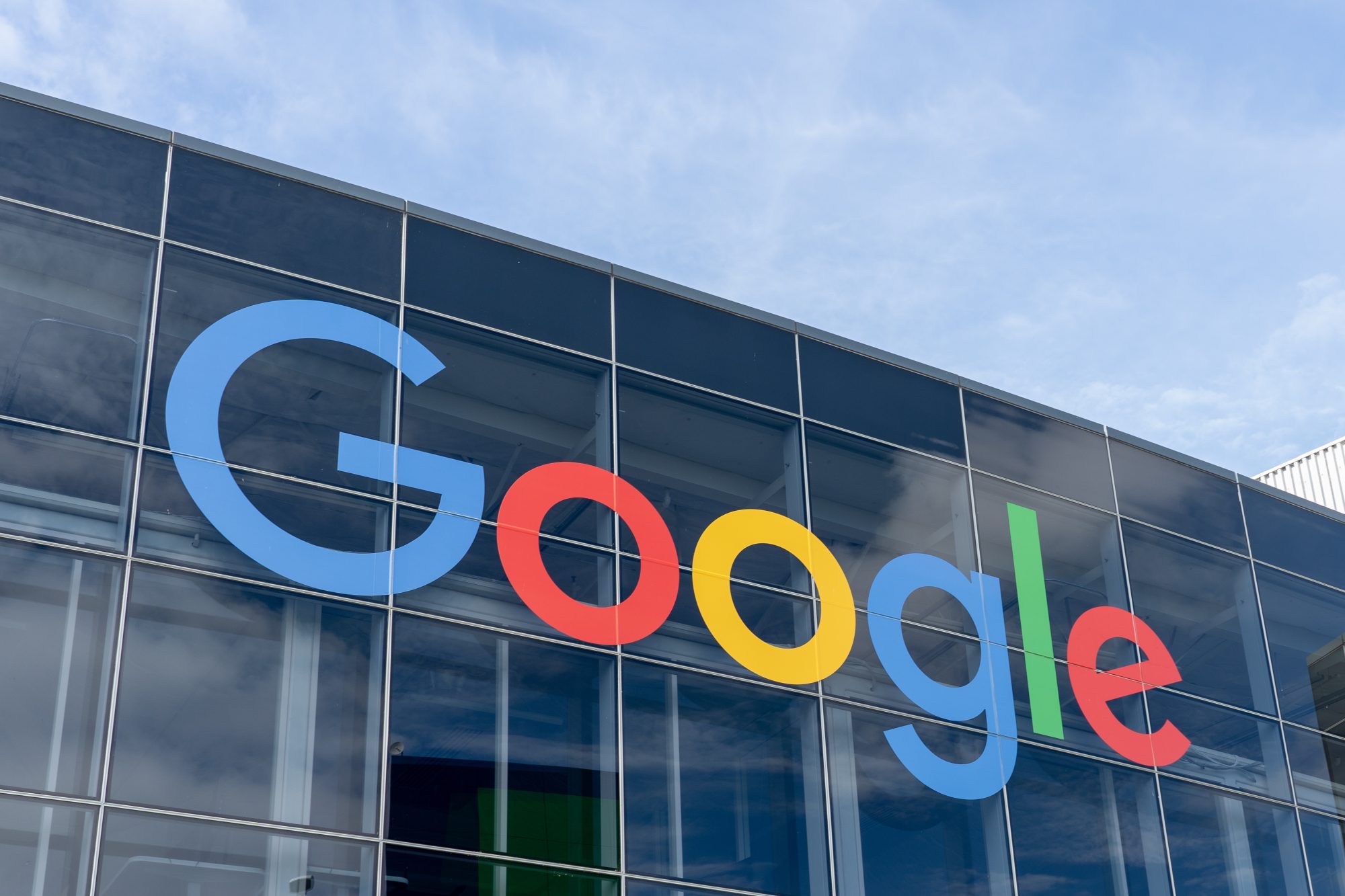Now we fast forward to 2016 and the chief aim is to never experience a bust / recession / depression or deflation ever again. Central Banks (CB’s) have taught us that they are all bad things and that we must avoid them at all costs.
These CB’s have tried multiple policies and even some new experiments like negative interest rates in attempt to keep the global economy from experiencing a slow down or any amount of deflation. How bad is it really if the price of everyday items like food, rent and fuel becomes 1 or 2% cheaper each year. For the average income earner around the world their money will be allowed to go further if prices fall.
The more we have tried to control every aspect of the market, capitalism and the economy, the harder its becoming to not lose total control of these very things. However I believe we are already in the process of losing control of one of the most important things, the real economy. Presently all the Central Banks have done an excellent job at keeping the Financial assets Ie Stocks and Bonds markets up at or near record highs , while the actual economy has been unable to improve in real inflation adjusted terms over the last 10 years.
Real Assets At All Time Lows
If we take a look at the chart below, it illustrates perfectly the complete distortion of over 85+ years of controlling mechanisms, policies and Central Bank experiments have done to the relative value of real assets compared to financial assets.
[drizzle]This chart goes all the way back to 1925 and currently we are at an all time low, for real assets (Houses, commodities, fine art, jewellery etc) relative to financial assets of stocks and bonds. All the stimulus and attempts at controlling the markets and economy have only influenced the price of financial assets. Financial assets are more easily influenced and controlled through electronic exchanges, rather than real tangible assets which are much harder to manipulate on a global scale.
Increasing Volatility And Valuation Divergence
The chart below provides a good understanding on the ever increasing huge swings in volatility the financial markets have experienced. Central Banks began to introduce and try new stimulus and policy ideas in the early 2000's to reduce the busts / recessionary periods, causing large swings in the prices of the financial market as well as the valuations.
The most recent round of stimulus that began in 2009 with Zero Interest Rate Policy (ZIRP), followed by QE 1, 2, 3 and negative interest rates have stretched out the valuation of the S&P 500 relative to US productivity. Up to 1995 / 96 US productivity moved in sync with the S&P 500 stock market. This is clearly no longer the case as the chart indicates a strong divergence in valuation.
Since mid 2014 you will notice that industrial production data used to coincide with the value of the S&P 500 index very well. Now industrial production has been falling for 2 years and the stock market is near nominal all time record highs.
Why Lower Interest Rates No Longer Work?
Presently the federal funds rate is at 0.25% as you can see from the chart, however lower interest rates are no longer having the desired effects to stimulate the real economy anymore. One of the reasons for this is the fact we have reached the limits of our debt bubble cycle. We can no longer leverage ourselves any higher despite having interest rates at close to zero .
One of the many side effects of lowering the federal funds rate to close to zero, has been the leveraging of US companies to levels higher than the 2007 and 2008 peak before the GFC crisis. Debt to equity is approaching 60% for non-financial companies, as the incentive to load up on debt has never been so high. But is it really helping corporate America?
The accumulation of more debt relative to assets would be ideal in the short term if companies were utilizing the debt to fund new innovation, capital expenditure and additional capacity for future growth.
The reality is that a large majority of the debt accumulation has been utilized to fund buybacks of company stocks to artificially boost earnings per share (EPS) which in turn helps stock prices rise despite the company profit not actually growing from this strategy.
The chart below shows that share buybacks have more than doubled since 2012 to $161 Billion in the 1st quarter of 2016, as more companies engaged in artificial growth strategies rather than invest in their own business models.
These higher debt levels has allowed IBM to engaged in stock buybacks with the additional funds at their disposal. Unfortunately for IBM the stock buybacks have not helped the actual company as it has struggled to grow over the last few years.
The chart below is a perfect example how a large company has tried to control its EPS through artificial boosting its profits with stock purchases funded through debt. However the actual result is that IBM's revenue (which can't be artificially adjusted through stock buybacks) has been falling since 2012 as the company continues to struggle to grow its top line and bottom line numbers.
On the 18th October Netflix announced its latest quarterly result, which was above estimates for EPS and subscriber growth. However the interesting thing that investors didn't seem care about is that Netflix free cash flow is going the wrong way and accelerating. It burned through $506 million in a single quarter and just over $1 billion over 3 quarters. (See chart below) The stock ended up jumping around 19% after reporting its results.
Because of the huge drain of cash despite reporting a profit, Netflix did mention it will be tapping the markets for an increase in debt soon. Because interest rates are so low the market does not care that Netflix is essentially, borrowing more money to make new TV shows to attract more members. The current business model is simply not sustainable, especially when the company spends $142 to add one new subscriber.
If Interest rates were set by the market and were not manipulated by Central Banks the actual interest rate would be significantly higher to encourage savers to part with the capital. In this scenario Netflix business model would not survive in its current form.

